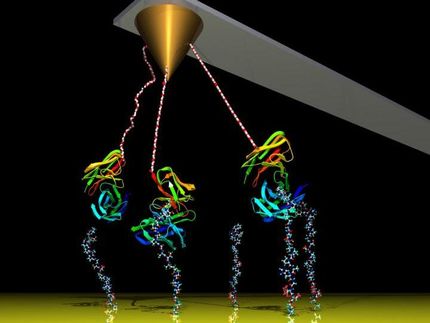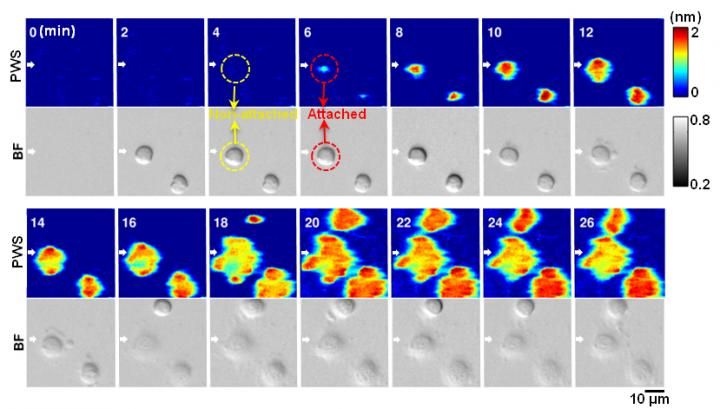Mapping the effects of crystal defects
New research offers insights into how crystal dislocations -- a common type of defect in materials -- can affect electrical and heat transport through Crystals, at a microscopic, quantum mechanical level.
Dislocations in crystals are places where the orderly three-dimensional structure of a crystal lattice -- whose arrangement of atoms repeats with exactly the same spacing -- is disrupted. The effect is as if a knife had sliced through the crystal and then the pieces were stuck back together, askew from their original positions. These defects have a strong effect on phonons, the modes of lattice vibration that play a role in the thermal and electrical properties of the crystals through which they travel. But a precise understanding of the mechanism of the dislocation-phonon interaction has been elusive and controversial, which has slowed progress toward using dislocations to tailor the thermal properties of materials.
A team at MIT has been able to learn important details about how those interactions work, which could inform future efforts to develop thermoelectric devices and other electronic systems. The findings are reported in the journal Nano Letters, in a paper co-authored by postdoc Mingda Li, Department of Mechanical Engineering head Professor Gang Chen, the late Institute Professor Emerita Mildred Dresselhaus, and five others.
Dislocations -- which Li describes as "atomic irregularities in a regular crystal" -- are very common defects in crystals, and they affect, for example, how heat dissipates through a silicon microchip or how well current flows through a silicon solar panel.
There have been two competing approaches to explaining phonon-dislocation interactions, Li explains, and a few other questions about them have remained unsolved. Now, the MIT team has found a new mathematical approach to analyzing such systems, using a new quasiparticle they formulated called a "dislon," which is a quantized version of a dislocation, which seems to resolve these longstanding mysteries.
"People have tried to learn how the dislocations change the material properties -- the electrical and thermal properties," Li says. "Before now, there were many empirical models, which need fitting parameters to be complete. There was a long debate about the nature of phonon scattering in dislocations."
The new theory, Li says, has a different starting point, as it is based on rigorous quantum field theory. It seems to resolve a number of issues, including a debate between two views known as the dynamic and static scattering approaches, showing they are simply two extreme cases within this new framework. And while both of these approaches fail to explain behavior at the nanoscale, the new approach works well at such scales.
The findings could affect the search for better thermoelectric materials, which can convert heat to electricity. These are used for generating power from waste heat, or providing heaters for car seats. Thermoelectric systems can also provide cooling, for cold-drink chests, for example.
Chen, who is the Carl Richard Soderberg Professor of Power Engineering, attributes the new findings to Li's initiative. "I didn't put that much hope in it," Chen said. "It's a pretty complex problem: how dislocations affect these very important properties. ... I was very surprised when he came back with this new theory. He started from basic principles and derived a quantum description for it."
Original publication
Other news from the department science

Get the analytics and lab tech industry in your inbox
By submitting this form you agree that LUMITOS AG will send you the newsletter(s) selected above by email. Your data will not be passed on to third parties. Your data will be stored and processed in accordance with our data protection regulations. LUMITOS may contact you by email for the purpose of advertising or market and opinion surveys. You can revoke your consent at any time without giving reasons to LUMITOS AG, Ernst-Augustin-Str. 2, 12489 Berlin, Germany or by e-mail at revoke@lumitos.com with effect for the future. In addition, each email contains a link to unsubscribe from the corresponding newsletter.





















































